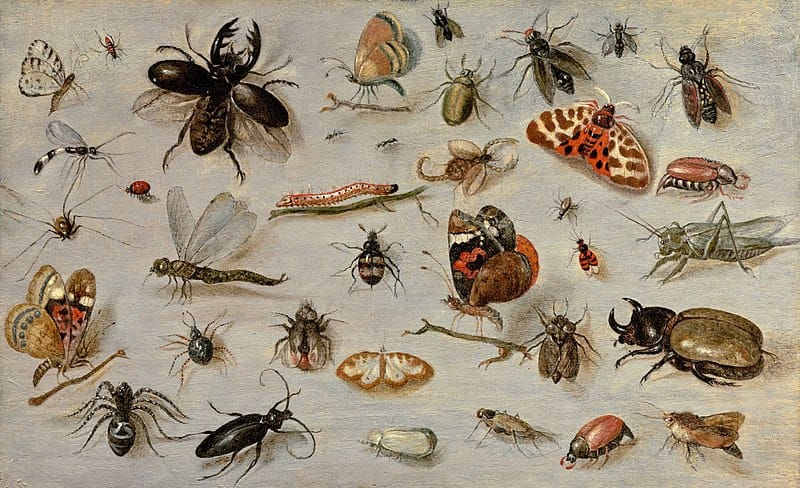Research shows a 72% drop over two decades
A recent study conducted by the University of North Carolina at Chapel Hill revealed that insect populations are decreasing even in regions with minimal human activity. The research, published in Ecology, measured flying insect density over 15 summers between 2004 and 2024 in a secluded meadow in the Colorado mountains.
The findings indicate an average annual decline of 6.6%, which adds up to a 72.4% reduction across the 20-year period. The collected specimens included common flies and a wide range of other winged insects.
Climate change as the main driver
Researchers highlighted that the decline is occurring in an isolated and relatively pristine environment, ruling out direct human activity such as agriculture or urban development as the main causes. Instead, the data point toward rising summer temperatures as a likely factor.
The study also identified a lag effect, showing that warmer summers had a measurable impact on insect populations the following year. This suggests that climate change is playing a critical role in altering biodiversity, even in areas far from direct human interference.
Ecological consequences and global concern
Entomologists emphasized that the decline of insects has far-reaching ecological implications. Birds, frogs, and other small animals depend on insects for survival, and their reduction could disrupt the food chain, ultimately affecting larger species, including humans.
The study reinforces the urgency of addressing climate-related biodiversity loss and raises awareness about the essential role insects play as foundational organisms for ecosystems and global food security.



